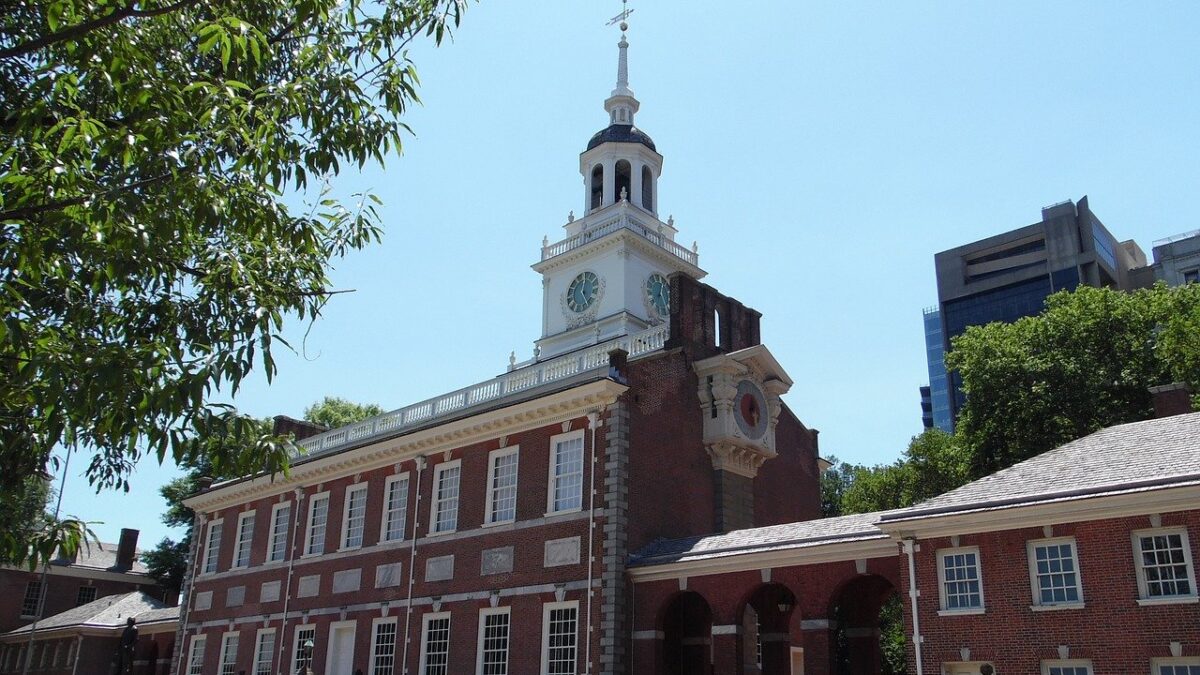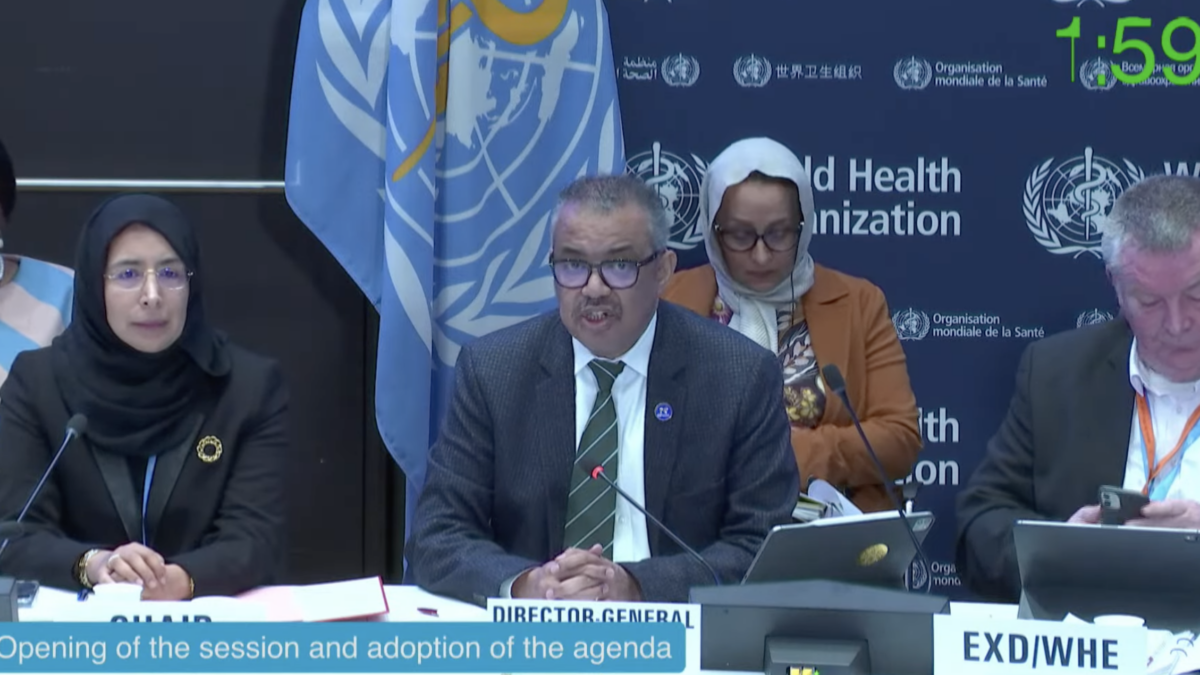Since I helped found the Convention of States Project in 2013, I’ve heard many objections to the idea of convening state legislatures to amend the U.S. Constitution. Using the process the founders laid out in Article V would allow states to work together to pass limits on federal spending, government power, and politicians’ terms in office.
Seventeen of the 34 states needed to call the convention have passed resolutions in favor of it, but the movement is not without its critics. Many of the objections I’ve heard before appeared in Elaine Donnelly’s recent article in this publication, “Why Is The Right Betting The Constitution On An Article V Convention?”
Usually, those objections are coming from the same people and organizations Donnelly claims will “rig” a Convention of States in their favor. Nearly 250 leftist organizations, many funded by billionaire George Soros, have come out against the Convention of States option.
This coalition has gathered around the ultra-left-wing group Common Cause and includes leftist powerhouses like the Sierra Club, the NAACP, and state chapters of Planned Parenthood and the AFL-CIO. Hillary Clinton has also thrown her influence (such as it is) behind the effort to oppose a Convention of States.
Clinton, Soros, and other organizations join a long line of left-wing activists who in the mid-20th century suckered conservatives into opposing the Convention of States option — which could have been used to overturn Roe v. Wade and other big-government initiatives.
I’ve seen firsthand how the left offers the exact same arguments against the Convention of States Project as those outlined by Donnelly. Soros-backed groups show up regularly in committee hearings to argue against the Convention of States Resolution. They try to convince state legislators that the process is untried, too dangerous, and will open the Constitution to all kinds of terrible amendments.
Clearly, if the left believed they could “rig” an Article V Convention of States, it’s news to them.
How a Convention Respects the Founders’ Vision
Or maybe, the left has come out against the Convention of States movement (currently backed by over 5 million supporters and activists) because they know that a Convention of States can effectively and permanently decentralize power away from Washington.
Article V allows the states to call “a convention for proposing amendments” to the U.S. Constitution. At this convention, states propose and vote on constitutional amendments that must be ratified post-convention by 38 states.
It’s important to note that Donnelly calls an Article V amendments-proposing convention a “constitutional convention.” This might sound like nitpicking, but the difference matters.
The 1787 constitutional convention operated under the sovereignty of the states. They were empowered by their state legislatures to make any changes “as may be necessary to render the Constitution of the federal government adequate to the Exigencies of the Union.” In other words, the states in 1787 had the authority to write an entirely new Constitution, offer a new ratification process, and submit that to the states.
Not so with an Article V Convention of States. It would operate under the authority of Article V and therefore must adhere to the process outlined therein. Thirty-four states must apply for a convention, and 38 states must ratify any amendment proposals “by the legislatures of three fourths of the several states, or by conventions in three fourths thereof.”
That 38-state threshold is an extremely high bar and ensures that only the best, most popular amendments will become part of our founding document.
The States Run the Show
But what if, as Donnelly says, “liberal activists … crash the Con-Con party and whatever ratification process ensues”? Donnelly’s fear is understandable, but it stems from a fundamental misunderstanding of who controls the Article V process.
To answer this question, a quick history lesson is in order. In the waning days of the constitutional convention, George Mason stood up to point out a serious flaw in the original draft of Article V. In that draft, only the national Congress was permitted to propose amendments.
Mason objected that “no amendments of the proper kind would ever be obtained by the people, if the Government should become oppressive,” according to James Madison’s notes. Mason proposed, and the framers unanimously adopted, a second method for proposing constitutional amendments: one that was to be directed and governed by the states.
The states control the Article V process. If they didn’t, the second method for proposing amendments would be entirely redundant. Why would the framers include two methods for proposing amendments if both were controlled by the U.S. Congress?
Donnelly also suggests that Nancy Pelosi and Chuck Schumer would have the power to select delegates and that they could exclude Republican choices, but this is incorrect. The states choose their own representatives, and while states like California and New York will no doubt send radical leftists, Republicans control 31 state legislatures. This will give Republicans an overwhelming majority at a Convention of States as well as during the ratification process.
Donnelly seems to believe that Article V gives Congress the power to control a convention when it says that Congress “calls” it. But as the nation’s leading Article V expert, Rob Natelson, outlines in his seminal work, “The Law of Article V,” Congress’ duty in this process is exclusively ministerial.
Just like the DMV must give you your driver’s license if you complete the required certifications, Congress must call an Article V convention if 34 states apply for one. The extent of its power to “call” is to name the time and place for the convention. The DMV agent doesn’t control the licensing process, and neither will Congress control the Article V process.
As Natelson outlines, there have been dozens of interstate conventions over the course of our nation’s history. These conventions limited their topics of conversation, each state sent its own representatives, and each state received one vote no matter the state’s population. The framers were familiar with this process, which is why they didn’t outline how an Article V Convention of States would operate. But thanks to legal scholars and historians like Natelson, we know, too.
Clinton and Soros are dead set against calling a Convention of States because they know Article V is the best way to decentralize power away from Washington and return power to the states and the people. They know that a Convention of States can propose constitutional amendments that limit federal power and eliminate the alphabet soup of federal agencies. Other amendments can force Congress to cut spending while further amendments can impose term limits on federal officials.
They also know that the states, which are overwhelmingly controlled by Republicans, will control the process from beginning to end. This is why leftists can’t “rig” a Convention of States, and it’s why anyone who cares about limiting federal power should join the movement to use the founders’ tool to put Washington back in its place.









